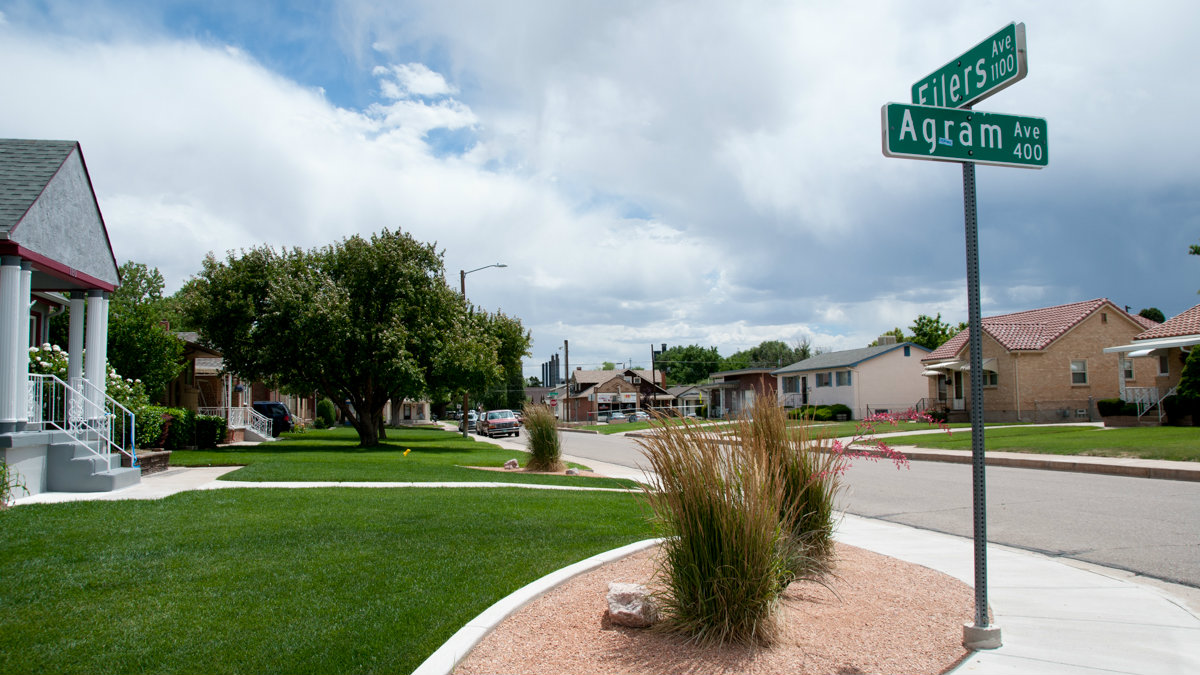
Contaminated soil cleanup around homes in the Colorado Smelter Superfund site in Pueblo is expected to wrap up in 2024. Meanwhile work is underway to craft a new zoning ordinance to protect residents from any remaining toxic arsenic or lead left behind when the former smelter shut down in 1905.
Environmental Protection Agency contractors have removed contaminated soil at more than 750 properties in the Superfund area since the site was first placed on the agency’s National Priorities List in late 2014. But, in some instances, there may still be toxins left underground below the depth of newly installed clean soil, or on properties where owners chose not to participate in the EPA cleanups.
City, state and federal officials are drafting what’s known as an overlay zone district for the Superfund area, which covers nearly 1,900 parcels in south Pueblo’s Bessemer, Eilers and Grove neighborhoods. Once finalized and approved, the plan is to add it to current regulations to help ensure that any contamination that still exists isn’t disturbed by future construction.
The idea is to trigger a review when a building permit is requested to try and determine if a soil management plan might be required. City planners say soil management plans would likely be required in only a couple of instances per year.
More than 1,000 properties where EPA determined no cleanup was necessary will be exempted, as would the hundreds of parcels where cleanup was performed and the proposed construction project would not disturb the soil. Each property may have unique circumstances that lead to different requirements, according to city and state officials, and in most cases, nothing at all will be required.
The potential ordinance is not intended to force the cleanup of properties where cleanups were not previously performed, but to ensure proper handling of potential contamination that might be left in place, according to the Colorado Department of Health and Environment. If a home was not tested or cleaned up by EPA, applicants would be responsible for any possible related costs.
Properties in the Superfund area are still eligible for free testing, sampling and cleanup.
Once the EPA finalizes the actual boundaries of the Superfund site, the city will begin the approval process for the proposed code change, including public hearings.
Related coverage
When The Superfund Site In Your Backyard Isn’t Your First Priority
Plan Aims To Inject Opportunity Into South Pueblo’s Colorado Smelter Superfund Site








